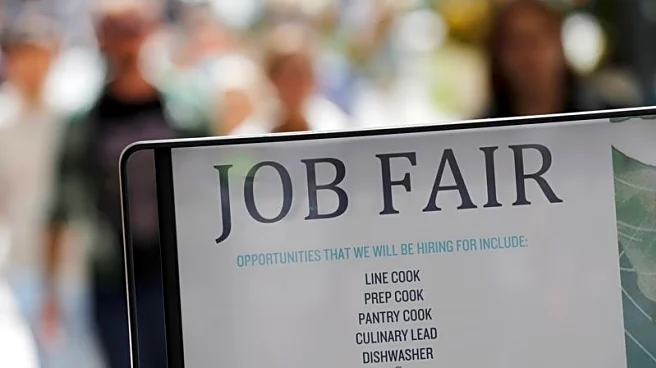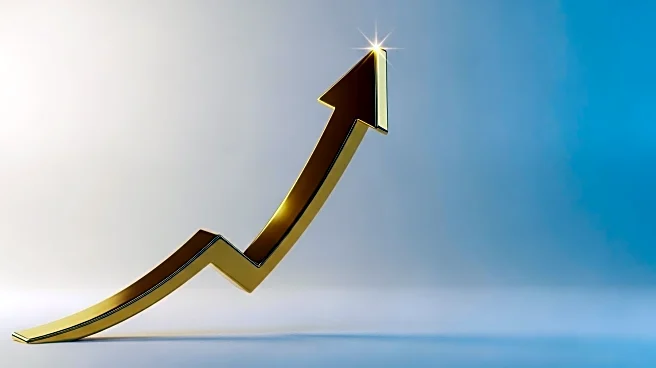What is the story about?
What's Happening?
U.S. consumer spending increased by 0.6% in August, surpassing expectations and maintaining economic momentum as the third quarter progresses. This rise in spending, driven by high-income households benefiting from a strong stock market and elevated home prices, contributed to a 3.8% annualized GDP growth rate in the second quarter. Despite a slowdown in the labor market, consumer spending remains robust, with significant contributions from services such as transportation, dining, and recreation. However, lower-income households are facing challenges due to higher prices from import tariffs, and upcoming cuts to the federal government's Supplemental Nutrition Assistance Program may exacerbate these difficulties.
Why It's Important?
The continued strength in consumer spending is crucial for sustaining economic growth, as it accounts for more than two-thirds of U.S. economic activity. The resilience of high-income households in maintaining spending levels supports the economy, but the disparity with lower-income households highlights potential vulnerabilities. Inflation, driven by tariffs and other factors, remains a concern, with the Personal Consumption Expenditures Price Index rising 2.7% year-on-year. The Federal Reserve's recent interest rate cut aims to balance inflation control with supporting employment, but the persistence of high prices could complicate future monetary policy decisions.
What's Next?
Economists anticipate a slowdown in consumer spending by the end of the year due to rising prices. The impact of tariffs on goods prices is expected to increase, potentially leading businesses to pass these costs onto consumers more broadly. The Federal Reserve will continue to monitor inflation and employment data to guide future interest rate decisions, with the possibility of further rate cuts if economic conditions warrant.
AI Generated Content
Do you find this article useful?













